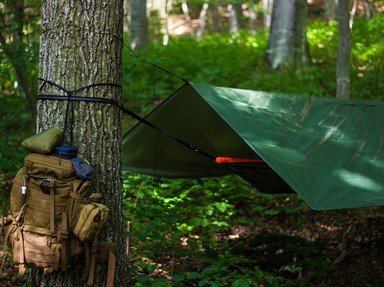Quiz Answer Key and Fun Facts
1. Vidar grew up in extreme cold weather country, so when he hears that a blizzard is coming, he pays careful attention. What is a blizzard?
2. When no snow falls, but much dry snow or ice is lifted from the ground and blown about by strong winds, that's called thundersnow.
3. The blizzard falls so thickly Vidar cannot see anything, and he feels disoriented and blinded by it. What's the name for this weather condition?
4. Perhaps the deadliest blizzard in history happened in Iran in 1972. Four thousand died, 200 villages were buried in some 26 feet (7.9 m) of snow, and the blizzard lasted how long, with no day of rest?
5. Vidar was heading home from vacation with his friends when a blizzard hit hard and the road was blocked. What's a danger to Vidar if he leaves the car and heads out to get help?
6. Caught on the road in a blizzard Vidar knows he should stay in the car. He should also keep the car engine running for warmth and access to the radio.
7. Vidar is cozy and warm in his home as a blizzard howls and rages outside. Yet he should be prepared for which emergency situation?
8. Vidar thinks about moving to Australia as they never have blizzards there. Is he right?
9. Weather stations usually report what blizzard temperature "feels" like, as well as the actual temperature. What is the term for that?
10. After a blizzard passes, dangers remain. Which post-storm activity too often kills or injures industrious people?
Source: Author
Godwit
This quiz was reviewed by FunTrivia editor
rossian before going online.
Any errors found in FunTrivia content are routinely corrected through our feedback system.


